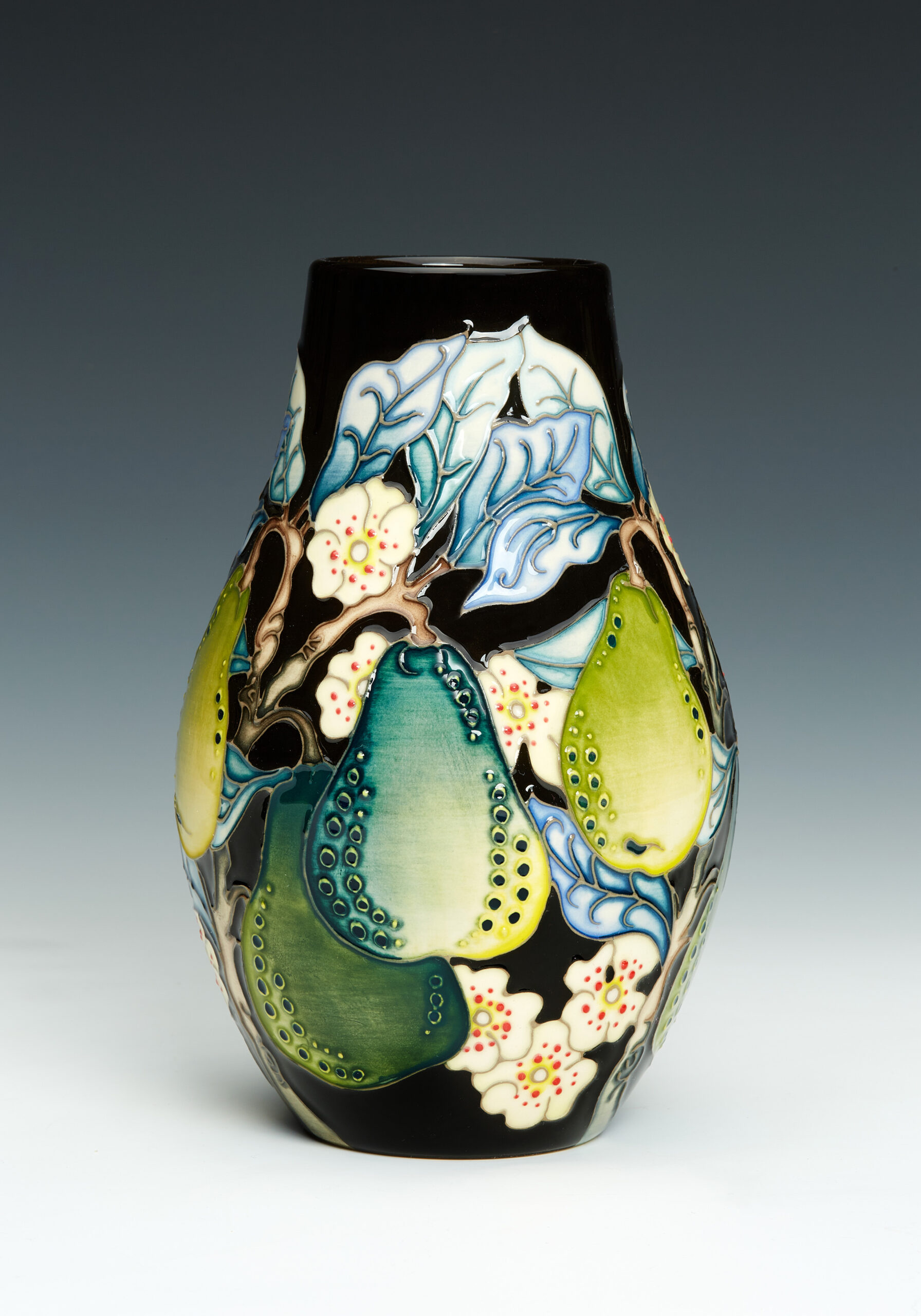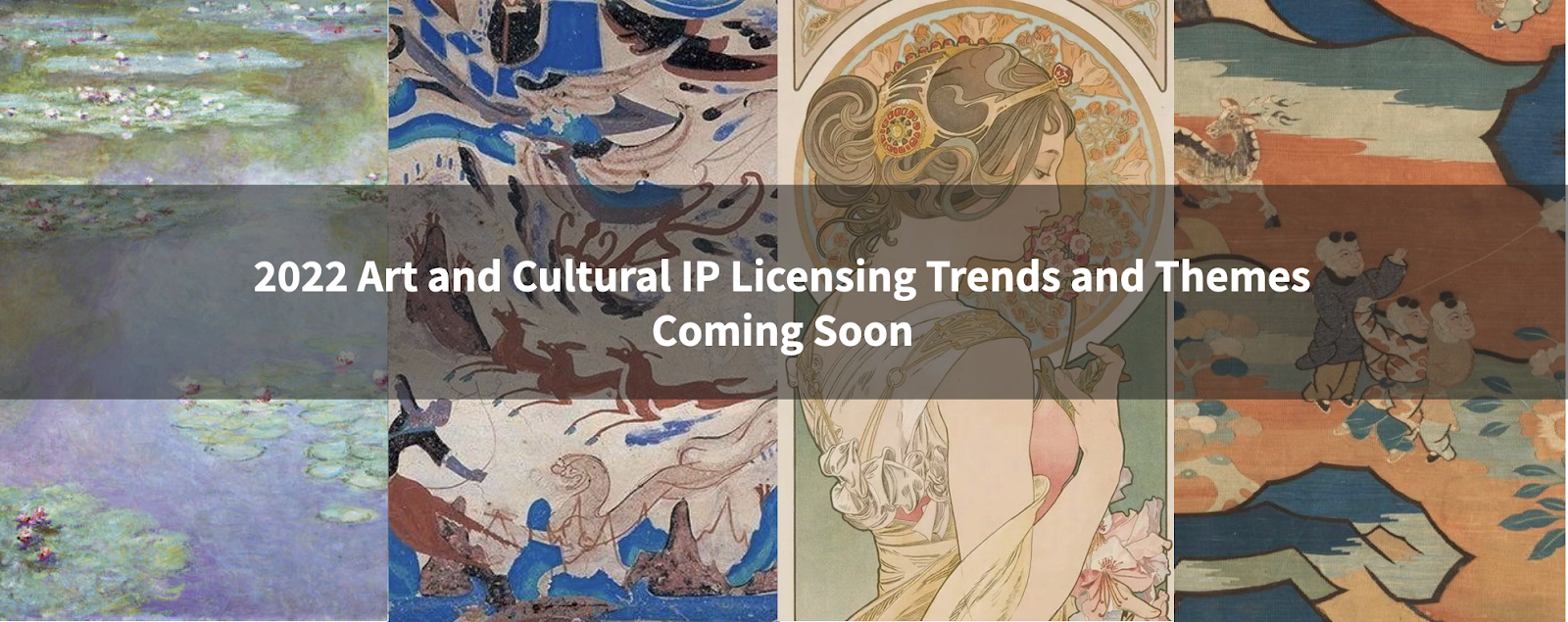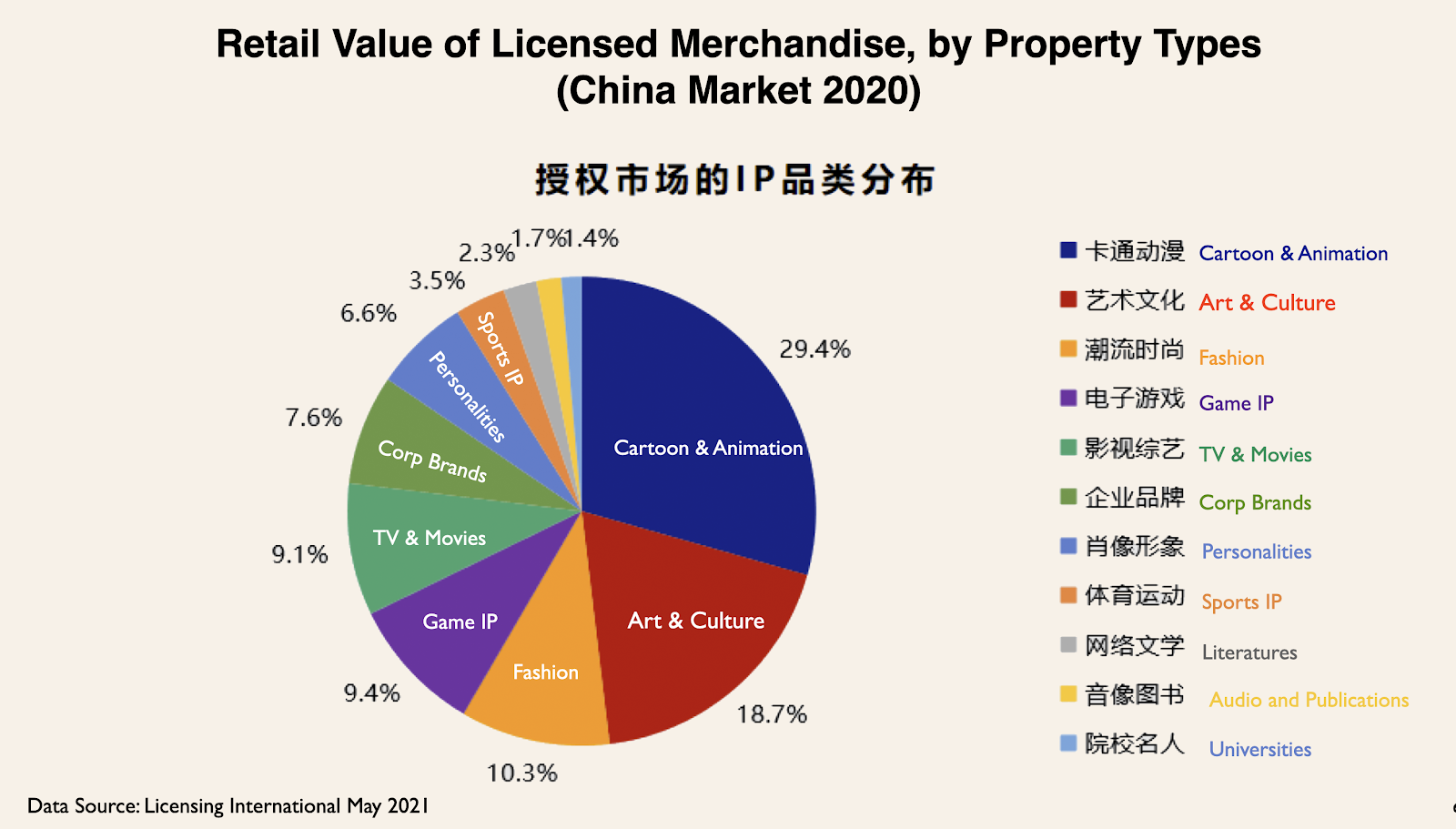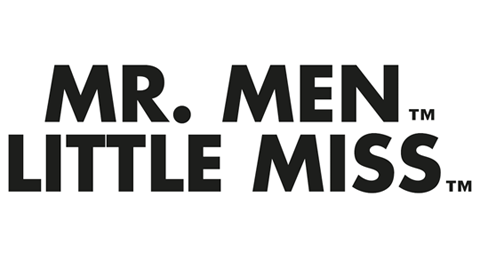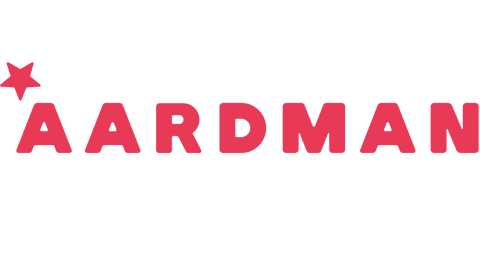For those of the industry who tuned into the special licensing panel discussion at this year’s London Book Fair, albeit in its digital format, you’d have caught Rocket Licensing’s join managing director, Rob Wijeratna waxing lyrical on the virtues of Eric Carle’s The Very Hungry Caterpillar, a phenomenon of the children’s publishing space and extended licensing market, despite the book itself being only 22 pages long.
At the crux of Wijeratna’s point was that building a brand is ‘about telling a story’ no matter the size (or page length) of the source material. The Very Hungry Caterpillar is today a globally loved franchise that is not only a staple of book shelves and schools across the country – or the planet – but of the preschool and nursery space as a whole.
Central to the storytelling that Rocket Licensing weaves through the wider activity around the title is the experiential licensing, a pocket of licensing that so often acts as ‘an anchor point around which the many facets of a licensing programme can centre. A sector that faced some rather ominous hurdles over the last year, experiential licensing has been forced to adapt and change shape over the course of the past 18 months, working to uncover new spaces within the home via virtual and digital means.
But it’s a space now beginning to open up once again. And as such, Licensing.biz thought it wise to catch up with Rocket Licensing brand manager, Melissa Satterly, to discover what the licensing agency has planned for the return of live experiences for The Very Hungry Caterpillar, Beano, and a few others among its core portfolio.
Hello Melissa, thanks for taking the time to answer our questions this week. The most obvious point to address first and foremost is the pandemic and the impact this has had on the experiential licensing space. As we begin to ‘unlock’ and remove social distancing measures, what sort of excitement is there around the return of experiential licensing?
With things opening up again and families increasingly looking for, and getting excited about, staycations and days out nearer to home, now feels like the perfect time to be engaging with experiential licensing and family-focused activities. We’ve seen real enthusiasm and high visitor numbers for the branded events that we have put on so far in 2021 and are excited for the roll out of several more initiatives over the summer.
How do you think experiential licensing has evolved over the course of the pandemic and what lasting impression has it left on the market and consumers? How do you begin to reintroduce experiential licensing to a post-pandemic world?
The pandemic saw Rocket and our partners take a very different approach to experiences, with the transition to online and at-home events. For example, our annual The Very Hungry Caterpillar Giant Wiggle partnership with Action for Children took place online in 2020 as an at-home activity pack for families. In addition to this, Action for Children really responded to how families were spending lockdown by launching a Growing Challenge subscription pack for little gardeners, an experiential product that we are excited to see continue to do well post-pandemic as well.
We also worked closely with License to PR to deliver lockdown-suitable content, creating a social media campaign for The Very Hungry Caterpillar that targeted parenting/foodie influencers who provided fun caterpillar-inspired recipes for people to try at home, while also promoting the Feed the Hungry Caterpillar game from University Games, responding to the rising popularity of games and puzzles while families were at home. This was one of our most successful campaigns to date.
With lockdowns easing, we have been careful and strategic in the experiences that we have put on, for example focusing on fun outdoor activities while restrictions have remained in place indoors. The first major experiential partnership that we have seen in 2021 was the Big Beano Bonanza at Kew Gardens, which adhered to all guidance on social distancing, with Beano-themed Covid safety signs along the trail, hand gel stations, marshalls and pre-booked visitor slots.
The sale of our branded and co-branded Beano product was initially focused online for the earlier stages of the event while the visitor shops remained closed, and advertising took on an online and local focus.
Can you talk us through some of the key partnerships you’ve secured across the experiential licensing space recently?
We are really excited to have a current partnership for The Very Hungry Caterpillar taking place at London Zoo (running until 16th July). Families can enjoy a fun range of activities, including crawling through a giant fruit story trail, crafting and story-telling sessions throughout the day, as well as the opportunity to visit Butterfly Paradise and Bug House.
For 2021, we have also partnered with Gulliver’s Valley (Rotherham) and Gulliver’s Dinosaur and Farm Park (Milton Keynes) for a range of branded activities for both The Very Hungry Caterpillar and Beano. The Very Hungry Caterpillar presence launched on Saturday, May 1st and includes Meet & Greets, birthday parties, crafting activities and even themed accommodation, so that families can spend the night in their very own cocoons.
The Beano characters will be getting up to all sorts of mischief, including a Beano Blasters! laser tag attraction. We are also very excited to have just finalised a partnership with Escape Live for a Horrible Histories Escape Room, opening later this year and giving families the opportunity to be immersed in a mission that transports them through multiple different time periods.
How important will experiential licensing be for retail in enticing consumers away from the online space? What opportunities are there now available to reboot the retail sector through experiential licensing? Are there any examples of this you can give from your own portfolio?
With the shift to ecommerce and online over lockdown, there is a real opportunity now to make retail more of an experience and destination again, as people get excited to get out and about and enjoy a physical browse in store. Another of our The Very Hungry Caterpillar partners is Bluewater shopping centre who has used experiential licensing to enhance the family shopping experience with the addition of The Very Hungry Caterpillar nature trail and in-mall storytelling telling events.
Bluewater is surrounded by 50 acres of landscaped parkland, which was a popular location for local visitors during the lockdown. They opened a new The Very Hungry Caterpillar storytelling trail this May half term to further build on the existing branded nature trail. The new story trail consists of seven signposts, which are designed using imagery from the book and feature cut outs for photos opportunity and QR codes that tell the story through narration by local school children. It’s a lovely way for families to enjoy time together whilst shopping at Bluewater.
From a Rocket Licensing perspective, what makes a successful partnership in the experiential licensing space?
It’s always so important to be able to match up the brand values of the location with the licensed property. For example, with The Very Hungry Caterpillar, we have really focused on nature-driven partnerships with the likes of the Royal Horticultural Society, the Eden Project and the nature reserve at Bluewater. In terms of execution, we aim to create multi-dimensional experiences, with not only a variety of activities, but opportunities for co-branded merchandise in location-based retail outlets.
Indeed, experiential licensing offers great opportunities to showcase product for our brands in fantastic cross-category displays and really get our licensees working together in collaboration. It is also important for venues to use digital engagement to drive families to the events through comprehensive marketing, advertising and social media promotion.
What do you enjoy the most about the experiential licensing sector, what level of innovation and creativity does it offer you guys and the brands you work with?
It’s always so wonderful to see children and families engaging and having fun with the brand activities; we get so much traction for the partnerships on social media and absolutely love looking at all of the photos! And yes, the creativity of the activities is always fantastic to work on. For example, our recent Beano trail saw a mile long trail including 3D bespoke comic strip, whoopie cushion stepping stones and water pistols over the lake! It’s always really satisfying to see the collaborative effort that goes into these experiences, bringing together marketing, creative and events team with product offerings from our licensees to create brand-immersive events.
What do you think the future looks like for experiential licensing and what are the key points of change in this sector?
We are confident that this sector will continue to grow, generating strong awareness and revenue for brands. Venues like Escape Rooms are only just beginning to engage with licensed IP so this is surely an area that will continue to expand. It’s also likely that experience and retail will draw increasingly close together, exploring more in-store experiences at retail as well as increasing the focus on co-branded product and retail promotion, in association with events and activity venues.
What’s the next big step for you guys in this space?
We are continuing to look for new appropriate experiential partners for our brands and have already started early conversations for next year. We have had great success with experiential licensing in particular for The Very Hungry Caterpillar over recent years and are now increasingly expanding our focus to some of our other fantastic brands, such as Beano and Horrible Histories, to find the perfect location-based fit.
We also have some fantastic adult brands in our portfolio which we would also like to develop in the experiential area. It’s always exciting sharing brand ideas with new partners to create collaborative, engaging and fun experiences for visitors whilst supporting licensed product, and this is what we will continue to do.







